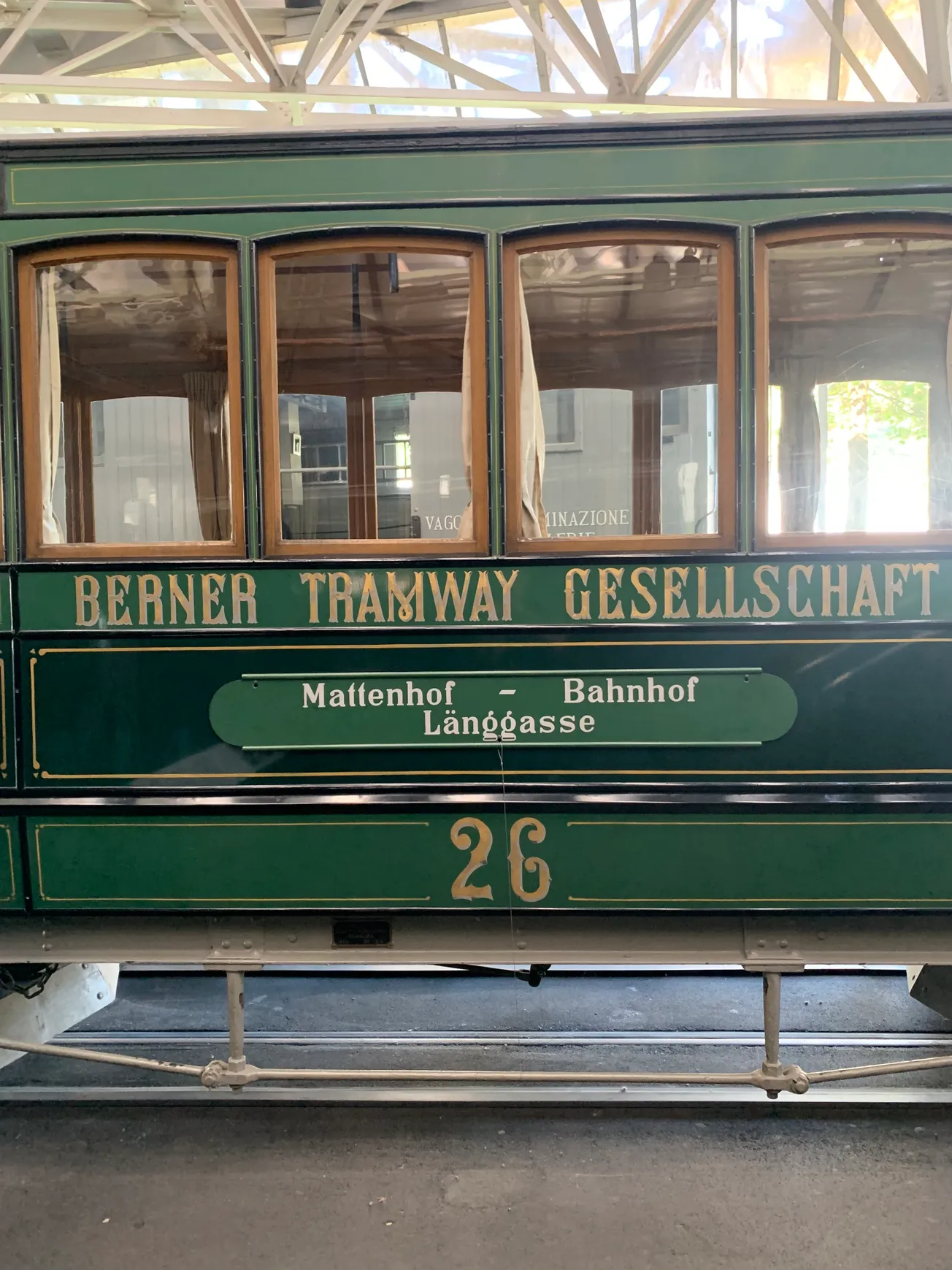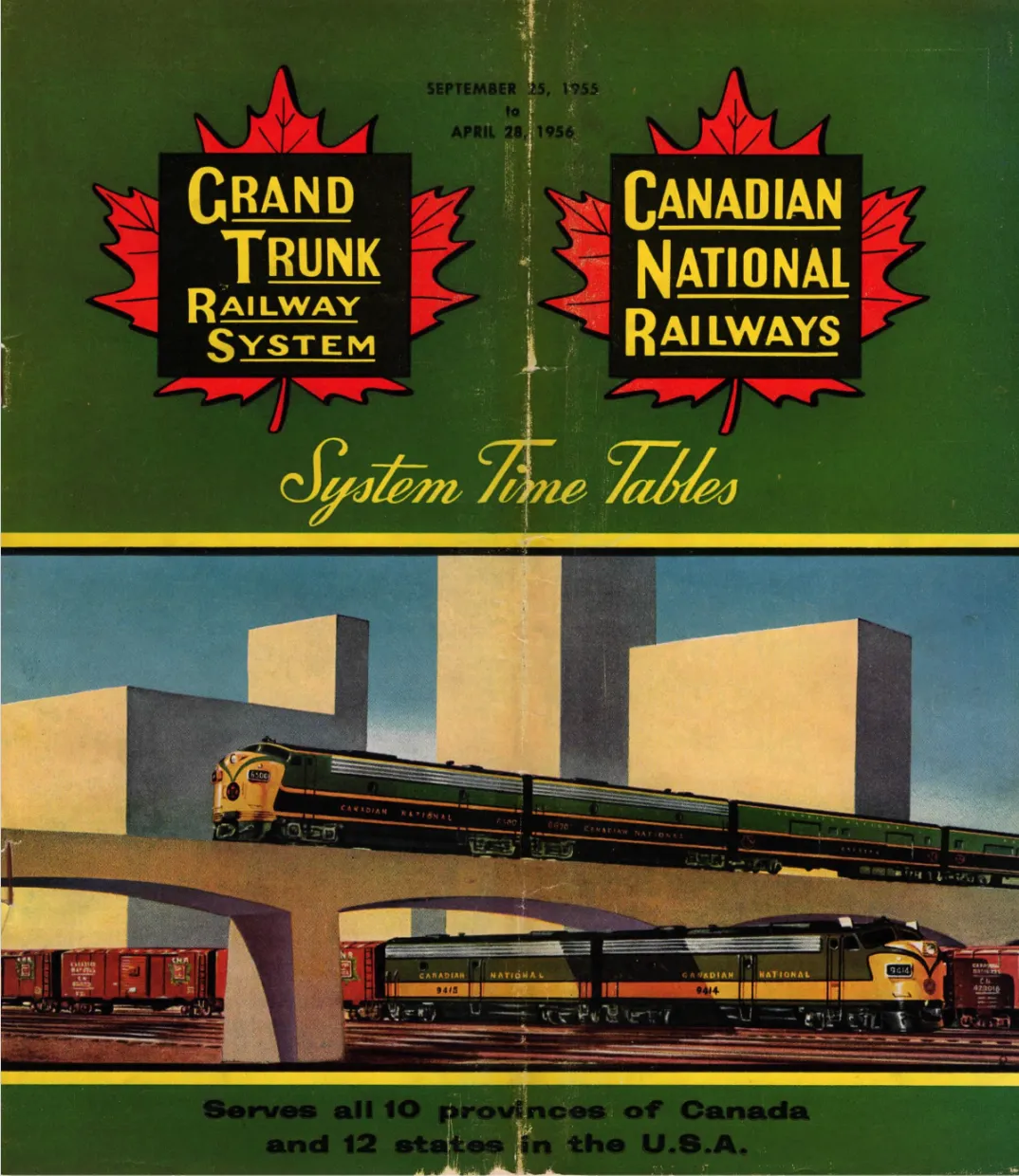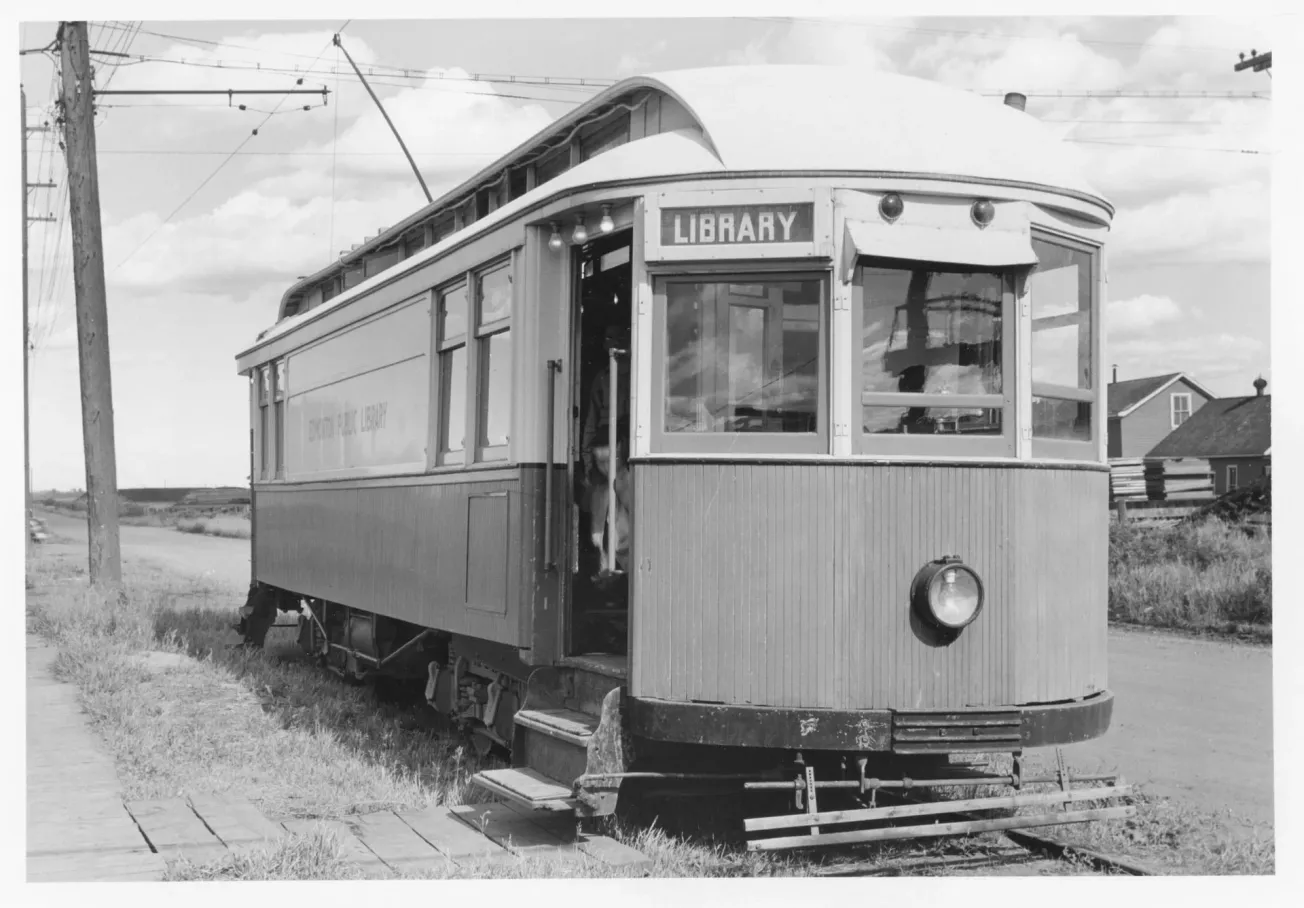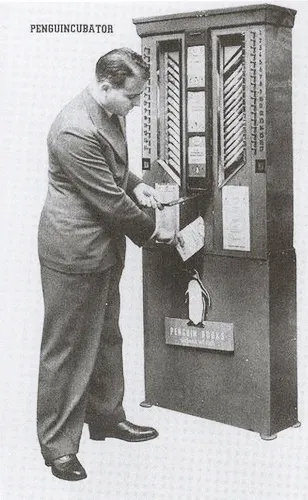Crocodiles, Elephants, and Other Beasts of Iron at Switzerland's Verkehershaus
// As a model for building a national network of sustainable transportation, Switzerland is hard to beat. (In terms of per capita rail usage, it is second only to Japan; every year, Swiss trains transport 430 million passengers, equivalent to half of Europe's air traffic. In this dispatch, I argue Switzerland is one nation North Americans should look to for a road map to boosting transit's ease of use, while reducing car dependency.) I wrapped up my latest trip, in September 2024, to this European railway Nirvana with a visit to an institution that brilliantly puts Swiss rail supremacy on display.
The Verkehershaus der Schweiz (aka le Musée Suisse des transports, aka the Swiss Transport Museum) is located a short bus ride from the main train station of Lucerne (1), a small city of fairy-tale picturesqueness on the shores of the Vierwaldstättersee (a body of water more prosaically known as Lake Lucerne). The Verkehershaus is the most popular museum in the nation, with over 800,000 visitors a year.

It's actually a sprawling complex, divided into five major sections, each with its own building, all of them facing a courtyard big enough to include a paddle steamer and a full-sized Douglas DC-3. Given more time, I probably would have allowed myself at least a cursory walk-through of the Road Transport, Navigation & Tourism, Aviation & Space Travel, and Energy pavilions. But as this was my last full day in the country—and given the depth of my Rail Love—I knew I had to make a beeline for the Rail Transport building.
In any other country, the lofty, impressively-scaled Rail Transport building, whose floorplan suggests the blocky capital letter "P" in a 70s Sci-Fi typeface, would have been its own standalone museum. In fact, the origins of the Verkehershaus lie in the collections of the SBB, the state railways, which opened its first train museum in Zürich in 1918. (The Lucerne museum dates to 1959.) You enter via the stem of the "P," which is long enough to accommodate a nearly 100-foot-long model of the approach to the St. Gotthard pass; the model trains weren't running during my visit, but are set to return to the tracks in January 2025.









